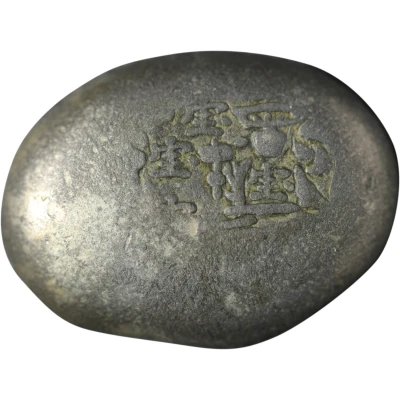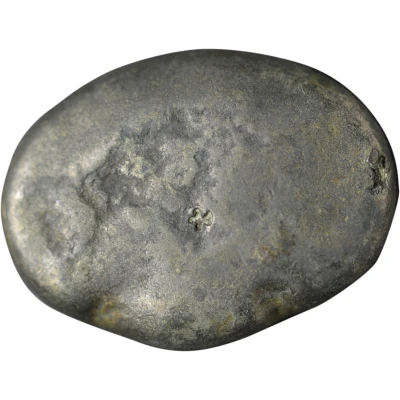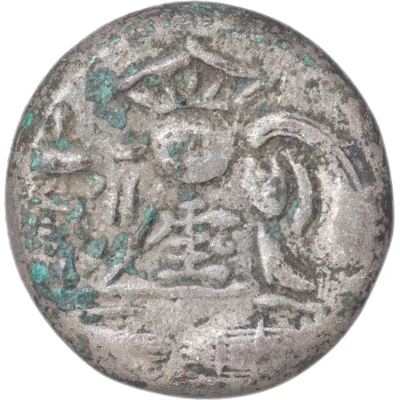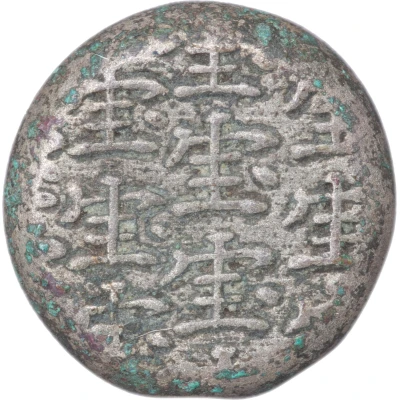Mameitagin "Hōei Mitsuhō Mameitagin" 宝 around 寳 ND
| Silver | - | - |
| Issuer | Japan |
|---|---|
| Type | Standard circulation coin |
| Years | 1710-1711 |
| Currency | Monme Silver / Monme-Gin / Ginme (1601-1874) |
| Composition | Silver |
| Shape | Round (irregular) |
| Technique | Hammered (bean) |
| Demonetized | 4 February 1723 |
| Updated | 2024-10-05 |
| Numista | N#288026 |
|---|---|
| Rarity index | 97% |
Reverse
Rough blank
Interesting fact
The Mameitagin coin was issued during the Hōei era (1704-1711) in Japan, and it was the first silver coin to be widely circulated in the country. Prior to its introduction, most coins in Japan were made of copper or other base metals, so the Mameitagin coin was a significant innovation in the country's monetary system. Its design featured the Chinese character "宝" (hō) meaning "treasure" or "precious," surrounded by a circle of small dots, which represented the coin's silver content. The Mameitagin coin was valued at 16 mon, which was a significant amount at the time, and it was used for large transactions and as a store of value.



